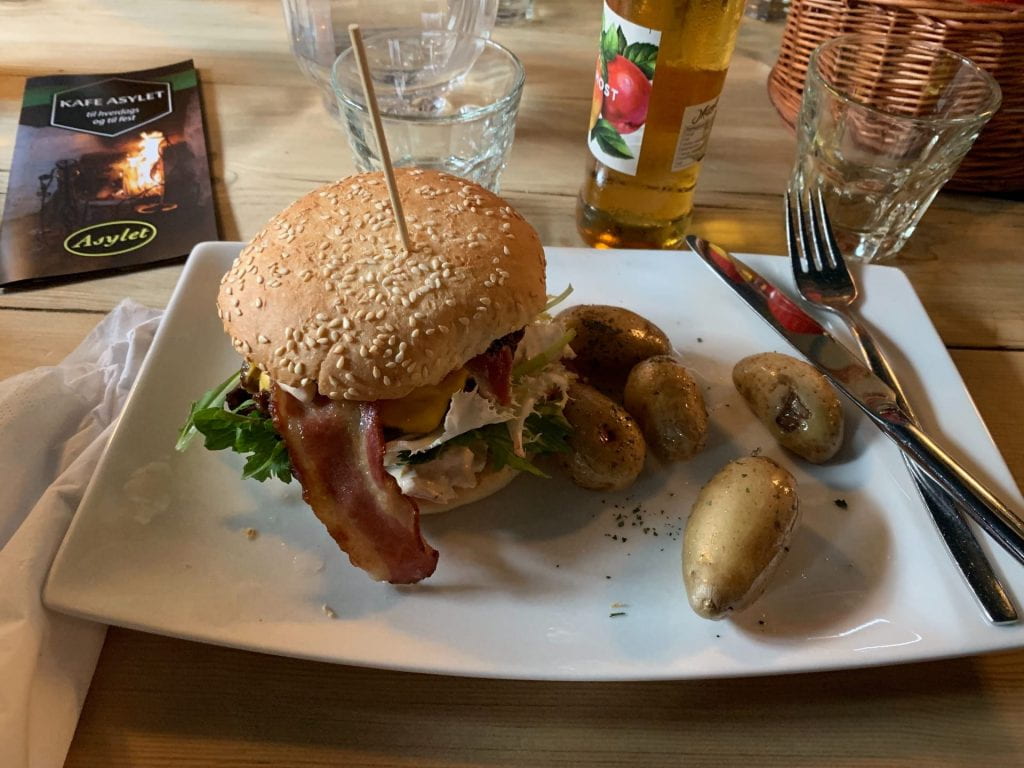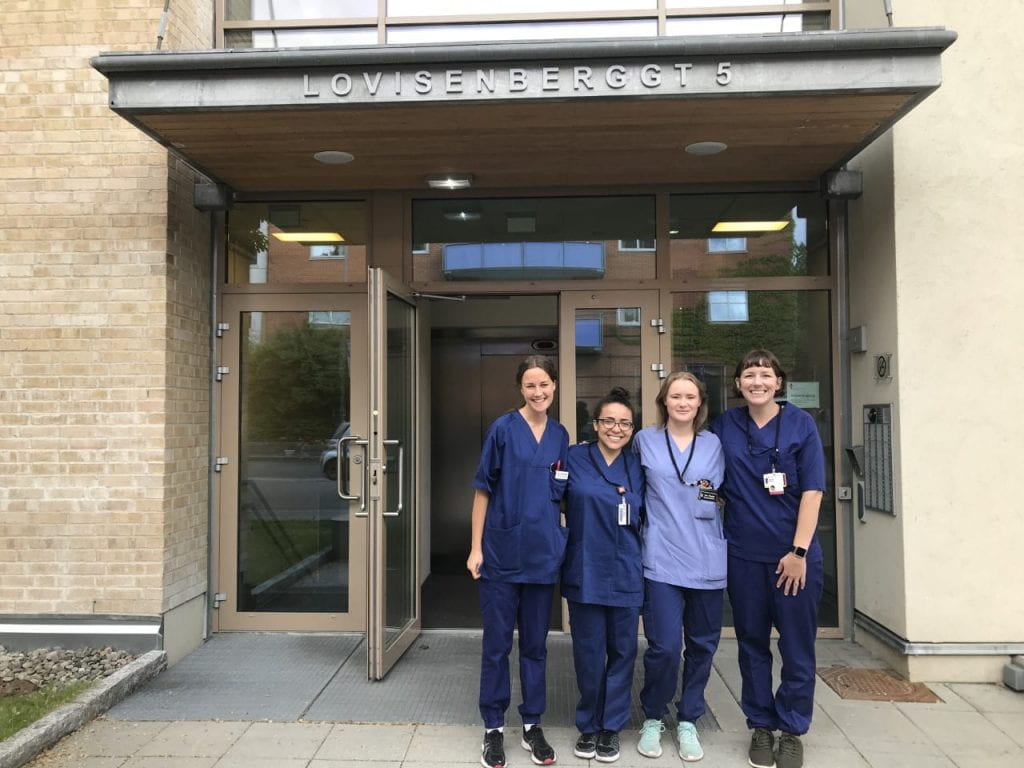Written by Kiara Wagner
Today we met with our Norwegian Nursing students for their new Oslo By Night Project. Oslo by night (though not always done at night) is used to serve people that may not typically go out and seek health care during the daytime or those that us as heath care providers sometimes forget about, such as those that do drugs or are sex workers by night. Many of these people that are out in the night could be citizens of Norway but they are also people that are here from different parts of Europe. They may have not been able to find jobs and end up begging and possibly sold into sex trafficking.
This Oslo By Night project is the best example I’ve seen of Competency 2B2, Develops program goals and objectives, (The Council on Linkages Between Academia and Public Health Practice, 2014). This is a project that the Oslo students are spearheading with some collaboration from us Ohio State students to reach people. We have spent time reviewing the populations that need help, such as those that have, or are at an increased risk for HIV, learning about what increases a persons risk, how their risks can be decreased, and how we as care providers can help them without putting blame on and judging these patients. A few days ago we learned about a organization called Nurses on Wheels and it was nice to see that the community of Oslo are getting students involved in their second year of school, not waiting for them to graduate to have them make a difference in the community beyond LDUC.
The things I’ve experienced in Norway have really shown me something different than what I know from our health care system in. In America we are used to trying to fix your health issues or letting them always be a constant reminder of what you can and cannot do. In Oslo, their philosophy is really meeting people where they are. This to me aligns with Sustainable Development Goal 3: “Ensure healthy lives and promote well being for all at all ages” (United Nations). They choose to focus on making sure those that do not or cannot seek health care as often still have safe tools that they need by going out into the community and delivering them no matter the conditions these people find themselves in.
Seeing how Oslo health care workers treat their patients, or partners in health as they like to call them, directly relates to my role as a future Pediatric Nurse Practitioner. I may only have a short amount of time to make a difference in the lives of the kids that I see. This means I need to be very selective and give them the best care I can with the thought in my mind that, I have to get this done because this may be my only opportunity. I am grateful that this unique clinical experience is teaching me to focus on helping and healing instead of always fixing. As future practitioners we need to remember that the more compassion we show, the more we will prove ourselves authentic and patients will want to keep seeing us and allow us to be their partner in health.
Sources:
United Nations (n.d.). Goal 3: Ensure healthy lives and promote well being for all at all ages. Retrieved from https://www.un.org/sustainabledevelopment/cities/
The Council on Linkages between Academia and Public Health Practice (2014, June 26). Core competencies for public health professionals. Retrieved from http://www.phf.org/resourcestools/Documents/Core_Competencies_for_Public_Health_Professionals_2014June.pdf%20














